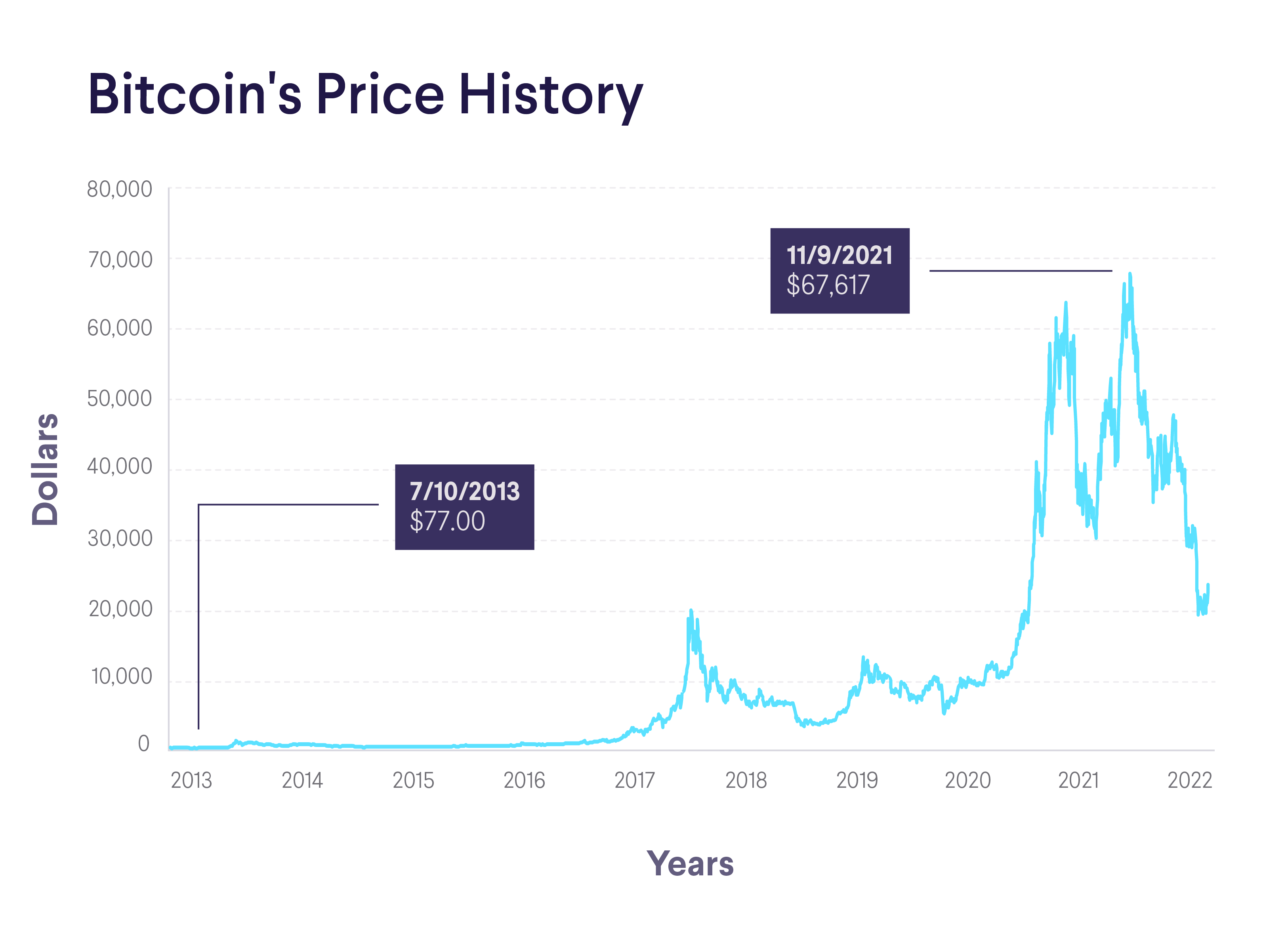Cryptocurrency
In response to the news of the lawsuit statement, Welch hoped to assure her fans and anyone who had invested in the cryptocurrency as she said on Twitter: “I take this situation extremely seriously and want to address my fans, the investors who have been affected, and the broader community https://minimum-deposit-casino.net/.
“I am fully cooperating with and am committed to assisting the legal team representing the individuals impacted, as well as to help uncover the truth, hold the responsible parties accountable, and resolve this matter. If you have experienced losses related to this, please contact Burwick Law using the link below:
On the day of the token launch, Welch, Schultz, and an unnamed OverHere representative took to an X Spaces to calm down angry investors. But it didn’t work. Since then, OverHere appeared to shift blame onto Schultz. Welch hasn’t pointed to a specific party, but has excluded herself from the equation by saying she didn’t have anything to do with technicalities.
Cryptocurrency bitcoin price
The original reward of 50 BTC per mined block as of the genesis block has been halved several times to 25, 12.5, and, as of 11 May 2020, to 6.25 BTC. The Bitcoin protocol dictates that these Halvings take place every 210,000 blocks. Once the limit of 21 million BTC is reached, miners will no longer receive block rewards, but they will still receive transaction fees.

The original reward of 50 BTC per mined block as of the genesis block has been halved several times to 25, 12.5, and, as of 11 May 2020, to 6.25 BTC. The Bitcoin protocol dictates that these Halvings take place every 210,000 blocks. Once the limit of 21 million BTC is reached, miners will no longer receive block rewards, but they will still receive transaction fees.
In order to be accepted by the rest of the network, a new block contains a proof of work (PoW). This proof of work can be boiled down to the computers on the network, or miners, solving cryptographic puzzles to arrive at a solution. This process is assigned a certain level of difficulty and, although time-consuming to generate, it’s easy to verify.
Reports have claimed Bitcoin’s transactions take ‘as much electricity as an American household does in six weeks’, and that Bitcoin’s annual energy requirement amounts to more than the annual energy usage of Finland, a country of 5.5 million.
Bitcoin is based on extremely safe SHA-256 cryptography created by the National Security Agency of the U.S., and the bitcoin protocol includes many features protecting it against various vectors of attack, including:
Furthermore, for Bitcoin’s vision of being an electronic cash alternative and therefore needing to handle microtransactions, the existing fee structure had to improve. After all, while users would be happy to pay a few dollars as a fee to move millions from one account to another, the same fee would be unacceptable when buying a cup of coffee.
Cryptocurrency market
The top 10 cryptocurrencies are ranked by their market capitalization. Even though 10 is an arbitrarily selected number, being in the top 10 by market capitalization is a sign that the cryptocurrency enjoys a lot of relevance in the crypto market. The crypto top 10 changes frequently because of the high volatility of crypto prices. Despite this, Bitcoin and Ethereum have been ranked #1 and #2, respectively, for several years now.
However, Bitcoin is far from the only player in the game, and there are numerous altcoins that have reached multi-billion dollar valuations. The second largest cryptocurrency is Ethereum, which supports smart contracts and allows users to make highly complex decentralized applications. In fact, Ethereum has grown so large that the word “altcoin” is rarely used to describe it now.
Cryptocurrency mining is the process of adding new blocks to a blockchain and earning cryptocurrency rewards in return. Cryptocurrency miners use computer hardware to solve complex mathematical problems. These problems are very resource-intensive, resulting in heavy electricity consumption.
Cryptocurrencies such as Bitcoin feature an algorithm that adjusts the mining difficulty depending on how much computing power is being used to mine it. In other words – as more and more people and businesses start mining Bitcoin, mining Bitcoin becomes more difficult and resource-intensive. This feature is implemented so that the Bitcoin block time remains close to its 10 minute target and the supply of BTC follows a predictable curve.
Pi network cryptocurrency
Pi Network follows a one-account-per-person policy through its Know Your Customer (KYC) solution. This system combines machine automation and human verification to authenticate user identities while preserving privacy. The KYC process emphasizes real individuals, combats fraudulent activities and enables fair participation in the mining process of the network. Pi’s identity verification approach balances scalability, security, and accessibility, allowing millions of users worldwide to validate their accounts while maintaining regulatory compliance.
Pi Network has to navigate a tricky world of global rules about whether it’s a security, meeting anti-money laundering and KYC rules (which it’s working on), protecting user data (like GDPR), and how it’s taxed. There isn’t much public info about thorough, independent security checks on Pi Network’s main system, which still makes some experts uneasy.
Writer by choice, CryptoCurrency Writer, and Researcher by chance. Currently, focusing on financial news and analysis, as well as cryptocurrency news and data. One may not call me a crypto “Enthusiast” but trust me I’m getting there.
Out of 100 billion Pi coins, a big slice (80%) is meant for the community. The idea is for Pi coins to be used for sending money between people, buying things in its own marketplaces (like Pi Chain Mall or Daabia Mall), and using a growing number of apps for shopping, social stuff, games, and maybe even finance (DeFi). Things built into the platform itself, like the Pi Ad Network and special features in its chat for staking Pi, are also meant to get people using it.
Discover Pi Network’s mobile cryptocurrency mining platform: its origins, development phases, and controversies. Learn why this project claims 60 million users and whether it lives up to the hype in 2025. A comprehensive analysis of Pi’s approach to accessible crypto mining.
